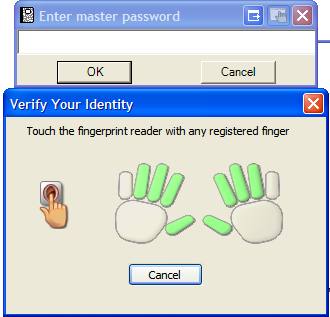Team Hanselman and Diabetes Walk 2006

 UPDATE: For those who couldn't find it, here's the link to make a secure Donation with your Credit Card. In the US, these are Tax-Deductible.
UPDATE: For those who couldn't find it, here's the link to make a secure Donation with your Credit Card. In the US, these are Tax-Deductible.
As of 10pm on 3/23, we are 83% of the way there, so if you've been waiting until now to make yourself known, this is a great time to help push us over the edge. I am truly humbled by the outpouring of support. You guys and gals are wonderful and you really make this blog what it is. I loved blogging before, but seeing how you've all come out in full force just underscores not only the power of blogging, but the level of kindness present in the blogging community. Thanks for reading! You can always see our dynamic updated status here.
UPDATE #2: If you'd like a banner for your blog to display until the walk on May 6th, feel free use this one and link it directly to the ADA here.

This is a technical blog, but I'm not just a technical person full of source code and pomposity.
Two months before my 21st birthday I started peeing a lot. A LOT. Like I was drinking four 2-liter bottles of Sprite a day and was still thirsty beyond belief. We'd just had a family photo taken and I was 130lbs on a 5'11" frame (for those of you outside the US, that's thin.) I was wasting away and looked like death. My father, a Portland Firefighter and Paramedic for thirty years smelled the sugar on my breath and sent me right away to the hospital where my blood glucose level was higher than the meter could read...and it's supposed to be under 100mg/dl.
I spent that spring learning how to give myself shots, four a day, along with a regiment of pills. Twelve years later I have no side effects, knock on wood. Not everyone is that lucky. I recently went to a funeral of a high-school friend who was the exact same age and succumbed to Type 1 Diabetes.
I take three shots a day of Symlin while also wearing an Insulin Pump 24-hours a day, even while I sleep. The pump saves me from an additional six shots a day, which I took for 8 years before the pump. I test my blood sugar by pricking my finger between 8 and 10 times a day - that's about 43,000 finger pricks so far, and miles to go before I sleep.
I consider myself lucky though. My 90-year old grandmother's neighbor friend in the 1920's, before Insulin was widely used (it was discovered in 1921) ate nothing but lettuce and eventually died in childhood. I have friends who have been diabetic for nearly 50 years and had to boil large-gauge needles on the stove before injecting themselves with Pork-derived insulin, basing their decisions on a once-a-day urine check to check their blood glucose level.
Diabetes is endemic. Here's some stats from the NIH:
- Total: 20.8 million people—7 percent of the population—have diabetes.
- Diagnosed: 14.6 million people
- Un-diagnosed: 6.2 million people
- 1.5 million new cases of diabetes were diagnosed in people aged 20 years or older in 2005.
- Diabetes was the sixth leading cause of death listed on U.S. death certificates in 2002.
- Diabetes is the leading cause of new cases of blindness among adults aged 20 to 74 years.
- Diabetes is the leading cause of kidney failure, accounting for 44 percent of new cases in 2002.
- About 60 to 70 percent of people with diabetes have mild to severe forms of nervous system damage.
I tell you this not to scare you, or ask for pity. I tell you this because it's the painful truth. It sucks, and it sucks big time.
This year Team Hanselman, led by myself and my wife, Mo, who had this whole idea, will be walking to fight diabetes on May 6th, 2006. We have set a goal of raising US$10,000. Crazy, huh?
Well, there are over 5000 people who subscribe to this blog (for the technical content, I assume.)
If only 10% of you, dear readers, gave US$20 to this cause, we've met our Team Goal.
If you aren't familiar with Diabetes, perhaps my explanation and the above statistics will help you understand how personally painful this disease is.
Perhaps you've Googled and found my blog useful in the past or you've seen me speak at a conference or local user's group. Maybe you're a blogger yourself and use DasBlog.
If you've ever thought about giving a 'tip' to this blog, here's your chance to make that tip tax-deductible! (if you're in the US) You can also paypal me your donation and I will personally deliver 100% of your money.
- You can give a tax deductible donation directly by visiting here.
-
Perhaps your employer has a matching gift program. Just $20, perhaps $10, perhaps $5, perhaps $100.
-
You can see our current progress at my American Diabetes Association page.
- Pass around the link to this post to your friends, your family. Email it to your company's internal email alias. Show us the power of blogging, of word of mouth and spread the word.
Thanks for your patient attention, we now return you to ComputerZen.com.
About Scott
Scott Hanselman is a former professor, former Chief Architect in finance, now speaker, consultant, father, diabetic, and Microsoft employee. He is a failed stand-up comic, a cornrower, and a book author.
About Newsletter

 I love my
I love my 
